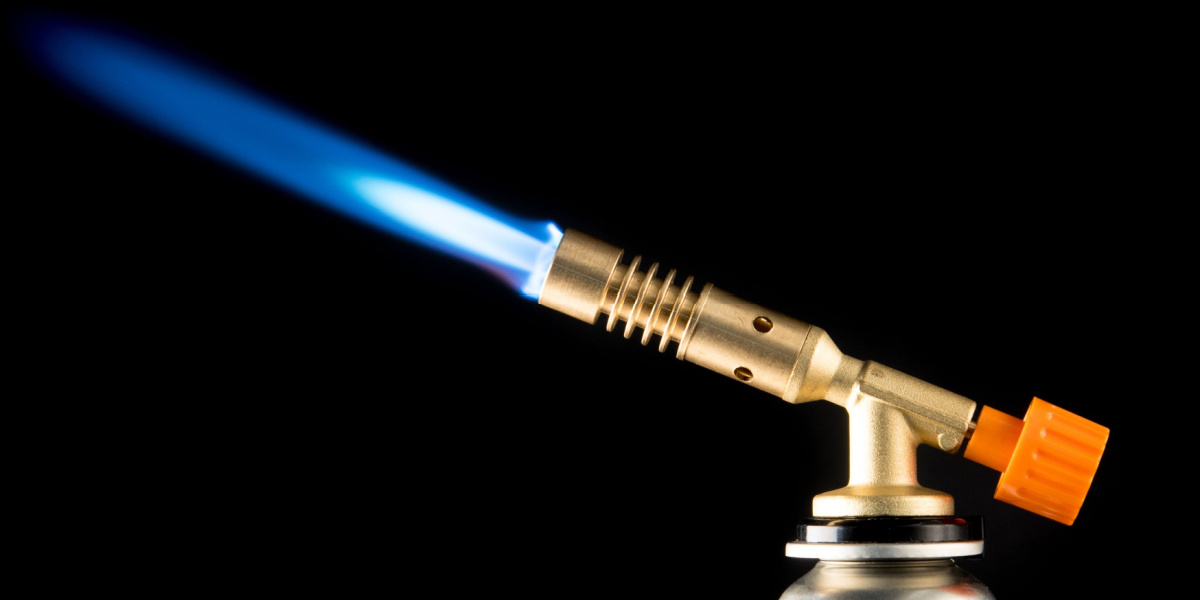Hot railing is a method of consuming methamphetamine by vaporizing a line or bump with a heated glass stem, and then inhaling the resulting vapor through the nose. Hot railing delivers an immediate, intense hit but comes with risks of burns, fires, and the transmission of HIV and hepatitis C.

What is hot railing meth?
Meth is commonly smoked via pipes, snorted, or injected, but it can also be vaporized and inhaled through a glass stem, a method known as hot railing.
How does hot railing work?
Hot railing starts with a hollow glass stem and powdered methamphetamine. The end of the stem is heated until it’s red hot, usually with a butane torch as a lighter or match won’t get it hot enough.
The hot end of the stem is held over a line or bump of finely ground methamphetamine. This produces a hot vapor that can be inhaled when the cool end of the stem is inserted into the nose. [1]
What are the effects of hot railing meth?
Methamphetamine is a powerful stimulant that revs up the central nervous system (CNS) and triggers the release of the feel-good neurotransmitter dopamine.[2]
Methamphetamine produces:[3]
- Exhilaration
- Increased wakefulness
- Confusion
- Paranoia
- Aggression
- Agitation
- Elevated heart rate, blood pressure, and body temperature
- Decreased appetite
Hot railing delivers these effects in just seven to 10 seconds. Users also report that the high from railing methamphetamine is more intense than from other methods of use.
Because the vapor produced from hot railing is very hot, it can also cause burns and damage to the nose, throat, and lungs. The heated glass stem can also cause burns and fires if handled carelessly.
Why do people hot rail meth?
Hot railing meth puts the drug in the user's system rapidly, as the molecules in the vapor are absorbed through the nasal membrane, enter the bloodstream, and are quickly delivered to the nearby brain.
Meth users also report that the high induced by hot railing is more intense than that delivered by other methods of use. Long-term users who have been desensitized to meth may resort to methods such as hot railing in order to overcome their high tolerance. Furthermore, for some chronic meth abusers, hot railing is seen as a safer and easier alternative to injecting the drug.
The dangers of hot railing meth
Although less dangerous than injecting methamphetamine, hot railing poses its own risks. These include:
- Damage to the nasal cavity, throat, and lungs: Hot railing produces very hot vapor, which can burn the nose, throat, and lungs. You can also burn your nose when you insert the end of the glass stem. These burns can produce bleeding, infection, discomfort, coughing, and shortness of breath.
- Burns: When heated by a butane torch, the glass steam used in hot railing can get very hot. If you handle it, you can get badly burned.
- Fires: If you place the glass stem down carelessly, especially on upholstery, bedding, or papers, you can easily start a fire.
- Transmission of infection: Hot railing involves the insertion of a glass stem into the nose. If the nasal membrane is broken, as it often is when people inhale or snort drugs, the glass stem can be contaminated with blood and other bodily fluids. If it’s then used by another person, there’s a risk of the transmission of blood-borne infections including HIV and hepatitis C.
Meth abuse treatment
Meth is highly addictive but recovery is possible if you ask for help. Treatment for meth addiction might include:[4]
- Cognitive behavioral therapy (CBT)
- Contingency management including voucher-based reinforcement therapy (VBRT)
- 12-step mutual aid programs such as Narcotics Anonymous (NA)
- Individual and family counseling
- Holistic therapies
- Antidepressants



-guide-detail.jpg?v=1722502261)
